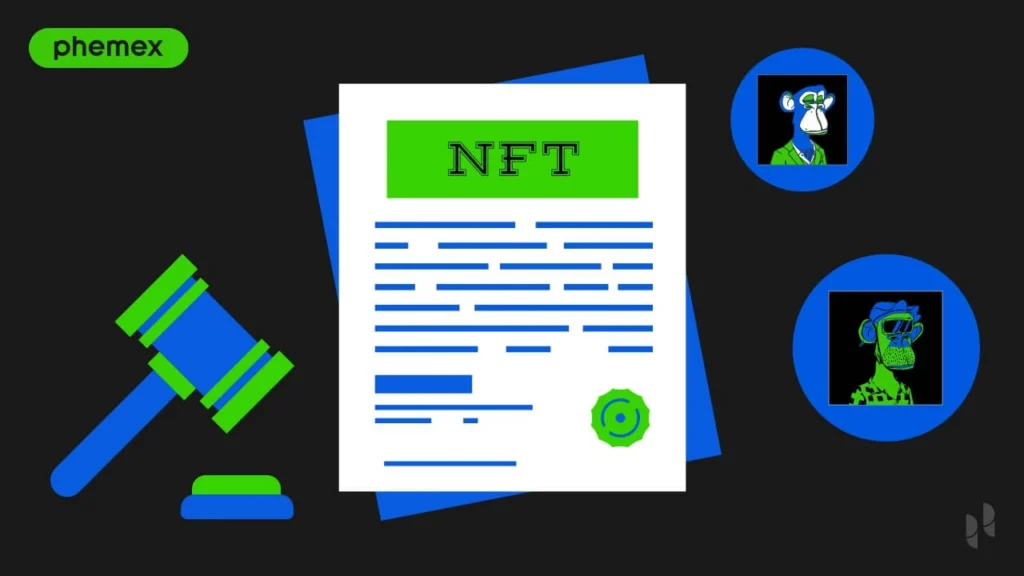Inside the Whitelist: A Rundown of What It Is and Where It Matters
You’ve heard the term—probably more times than you can count. But what is whitelist, exactly? Is it just another tech buzzword or does it actually serve a purpose?
Well, turns out, it’s more than just jargon. A whitelist is a list of approved entries—whether that’s email addresses, apps, crypto wallet addresses, or even IPs—that get the green light while everything else gets blocked, delayed, or denied. Simple in theory, but it takes on different roles depending on the space it’s used in.
So instead of talking in circles, here’s a roundup of where whitelists actually matter, how they’re used, and—yep—how you might be able to get yourself on one.
Email Whitelists: Stay Out of Spam Whitelist
Let’s start with something we all deal with—email.
Email whitelists ensure that trusted senders get delivered straight to your inbox, no questions asked. Businesses love this because it boosts open rates, while users love it because it means no missing important info.
How to get on it: Ask users to add your address to their contacts or safe sender list. Sounds basic, but it works.

NFT Project Whitelists: The Early Access Pass
In Web3 and NFT land, getting on a whitelist is the golden ticket. It gives users early minting rights—often at a better price and before things sell out.
How to get on it: Be active in the community—Discord, Twitter, you name it. Some projects also require you to complete tasks or prove you’re not a bot.
Why it matters: Whitelisted users usually avoid gas wars and get first dibs. You snooze, you lose.


IP Whitelisting: Locking Down Systems
This one’s a bit more technical, but just as important. With IP whitelisting, only specific IP addresses are allowed to access a server or system. It’s a security thing—and a pretty strict one.
Who uses this: Devs, IT teams, cloud platforms, and enterprise apps.
How to get on: Request access from the admin or manager of the system. You’ll need a static IP and probably a good reason.

Crypto Token Whitelists: Presale Power
Crypto startups love using whitelists for presale events—think private investment rounds before the token goes public.
Why people care: Getting in early often means better pricing or token perks (although—let’s be real—some presales flop too).
How to get on: Some platforms require KYC, staking other tokens, or community engagement.

App & Software Whitelisting: Bypass the Blockers
Ever try to install an app at work and get denied by your IT department? That’s whitelist logic in action. Approved apps are pre-cleared to run on secure systems without tripping alerts.
Where it matters: Schools, companies, or anywhere strict device security is enforced.
How to get added: File a request through your system admin—proof of security and function goes a long way.

Ad Whitelists: Safe Places to Promote
Ad platforms and brands sometimes use whitelists to pick where ads can run (as opposed to blacklists of places they shouldn’t). Think of it as brand-safe filtering.
Why this matters: No brand wants their product showing up next to conspiracy theories or offensive content.
How to make the cut: Clean content, strong engagement, and trust signals like verified accounts or transparent analytics.
Wrapping It Up: So… What Is Whitelist?
So yeah, what is whitelist? At its heart, it’s just a digital list of trusted entities. But depending on where you look, it can mean early access, smoother delivery, or a barrier you have to cross with the right credentials.
Whether you’re trying to grow your email list, get into an NFT drop, or secure your app at work—knowing how whitelists work is kind of a secret weapon.
Because sometimes, the only thing standing between you and opportunity… is being on the list.
Relevant news: What Is Whitelist? 6 Real-World Examples That Actually Matter




